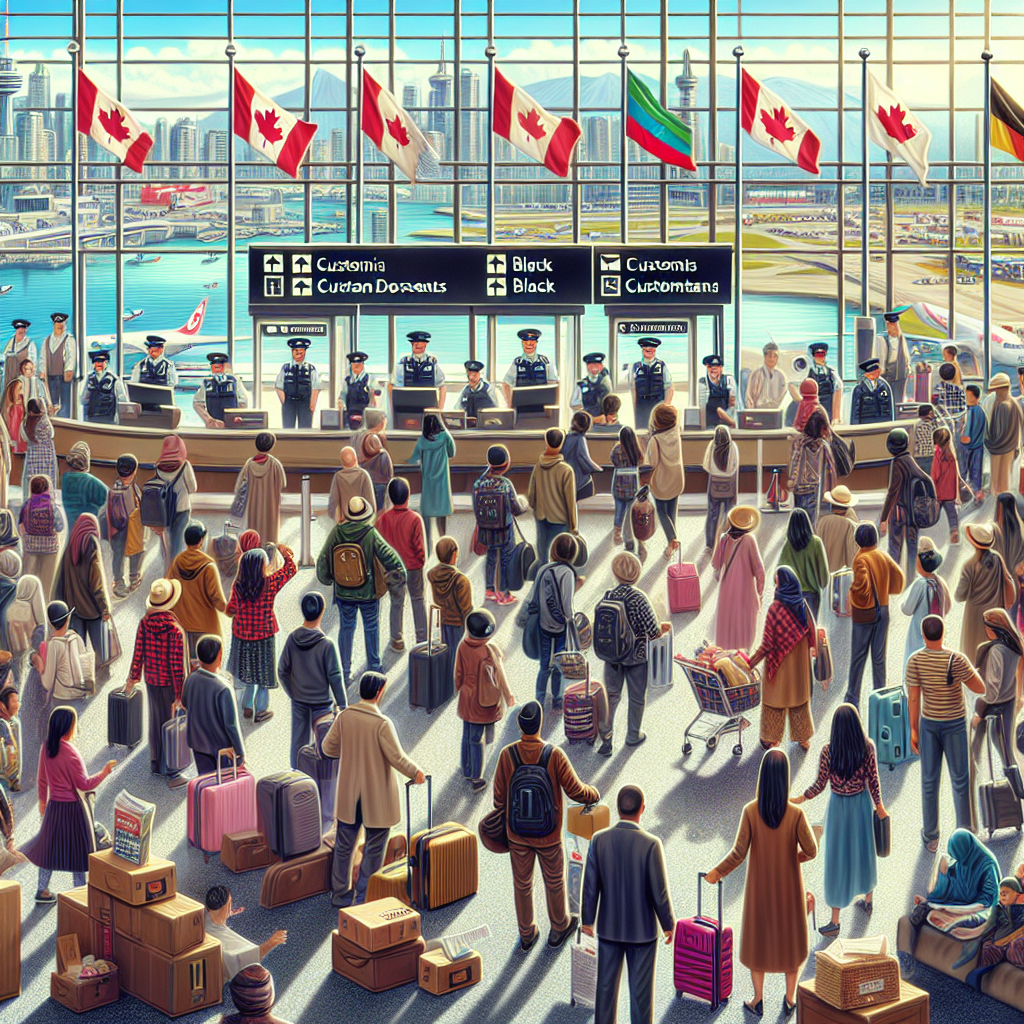Canada’s 2025 Travel Decline: Impacts on Immigration Policies

Canada’s April 2025 Travel Trends: A Mixed Bag for Tourism and Immigration
In April 2025, Canada experienced a significant decline in international travel, with total arrivals by air and auto dropping to 4.5 million—a 15.2% decrease compared to the same month the previous year. This marks the third consecutive month of declining year-over-year travel figures, raising important questions about the implications for Canada’s tourism and immigration sectors.
Key Travel Statistics: The U.S. vs. Overseas Visitors
A closer look at the numbers reveals a notable trend:
Air Arrivals: Non-resident arrivals by air fell by 1.2%, bringing the total to 632,600. This decline was predominantly driven by a 5.5% drop in U.S. residents traveling to Canada (289,300), while overseas visitors showed a slight increase of 2.8% (343,400).
- Canadian Air Travel: Canadians also reduced their air travel, particularly to the U.S., with total return trips down by 1.7% overall, and a staggering 19.9% drop for those returning from the U.S. Conversely, trips from overseas saw a notable increase of 9.9%.
Holiday Patterns and Auto Travel Declines
Interestingly, travel spikes were observed during the Easter holiday (April 17-18), with U.S. arrivals jumping 27.6% compared to non-holiday periods, demonstrating that holiday periods still attract visitors. However, these spikes were not enough to counterbalance the overall downward trend.
Cross-border automobile travel also reflected this decline:
- U.S. Residents Driving to Canada: 820,700 trips were recorded, a 10.7% decrease from April 2024.
- Canadian Residents Returning by Car: 1.2 million trips marked a steep 35.2% drop year-over-year.
These figures indicate a growing hesitance among travelers, possibly influenced by economic factors, evolving travel restrictions, or changes in personal priorities.
Implications for Immigration
While tourism and immigration are distinct sectors, they are intricately linked. The current downturn in travel could foreshadow trends in Canada’s immigration landscape. A decrease in visitors may lead to fewer applications for temporary residency and international student permits, both vital components of Canada’s immigration ecosystem.
Moreover, the increase in overseas travelers presents a silver lining. It suggests that Canada remains an appealing destination for non-U.S. visitors, which could be leveraged by immigration authorities to encourage global migration.
Rethinking Strategies for U.S. Outreach
Given the notable decline in U.S. travelers, Immigration, Refugees and Citizenship Canada (IRCC) may need to reassess its outreach strategies aimed at U.S. residents. Targeted initiatives that highlight Canada’s benefits, safety, and stability could help attract more visitors, ultimately supporting immigration goals.
Conclusion: A Complex Landscape Ahead
The travel trends for April 2025 reveal a complex landscape for Canada, marked by declining U.S. traffic but a growing interest from overseas visitors. For those interested in immigration or tourism, these shifts are critical indicators of future patterns. As Canada navigates this evolving scenario, stakeholders must adapt to ensure that both tourism and immigration flourish in a changing global environment.
This nuanced understanding of travel dynamics will not only inform policy and outreach efforts but also enhance Canada’s position as a premier destination for individuals from around the world.



